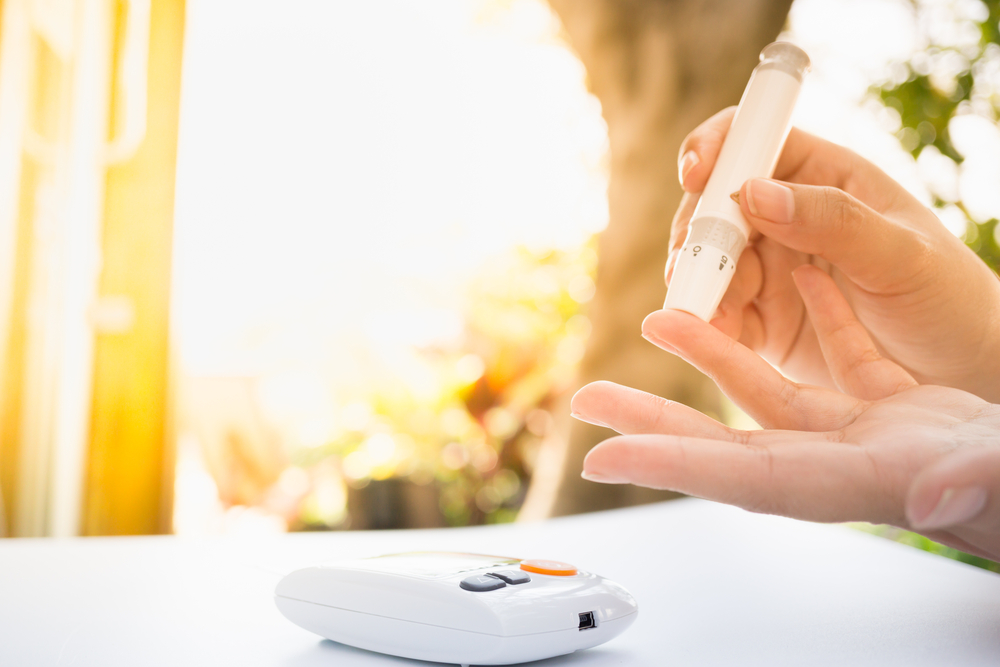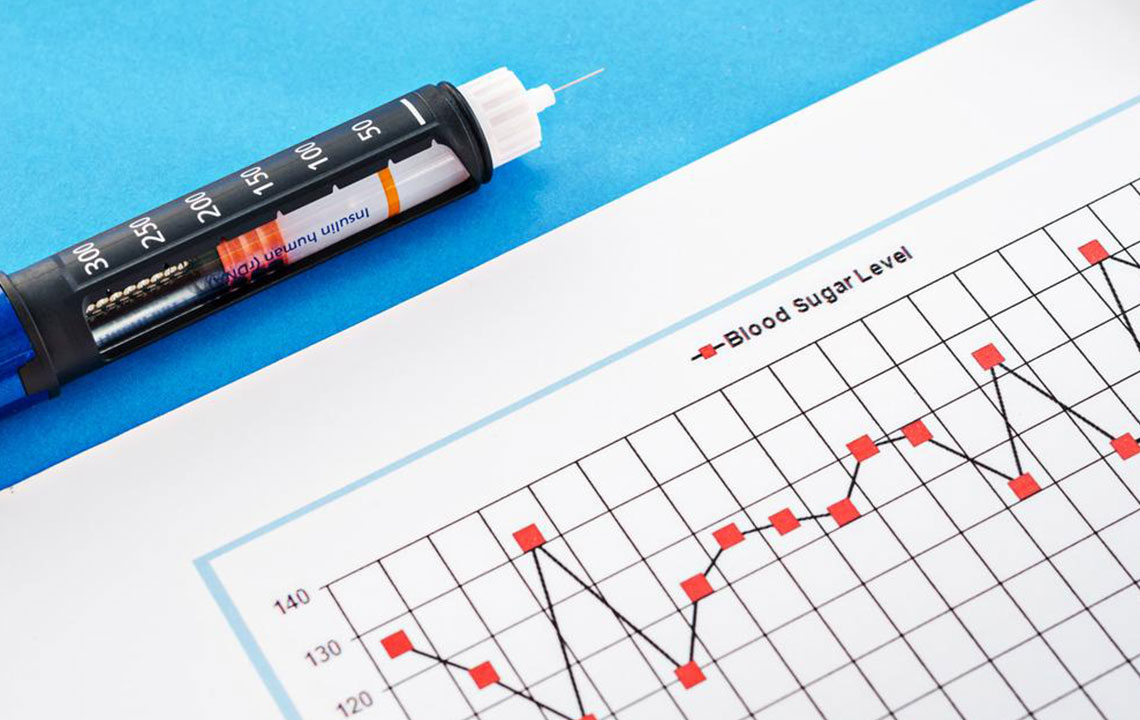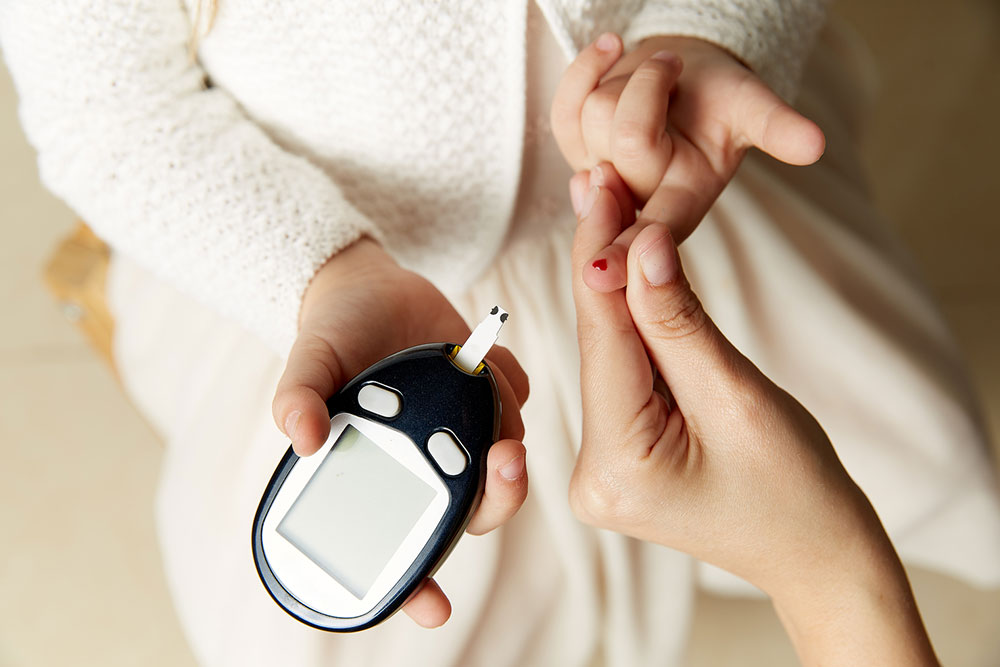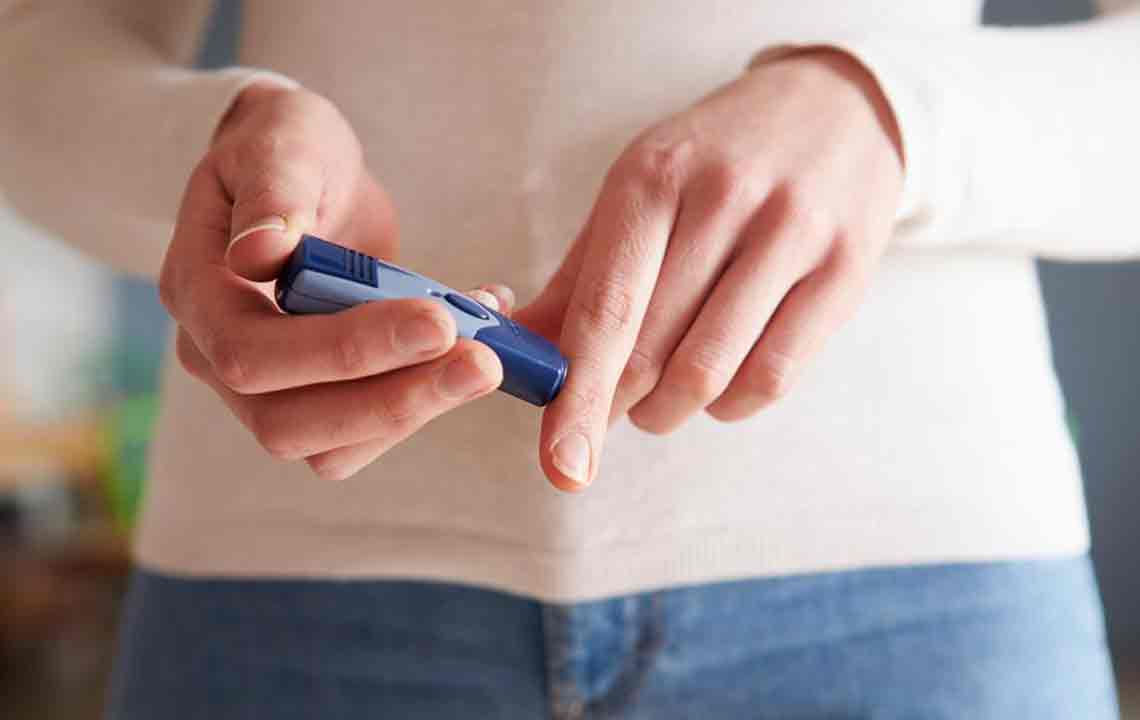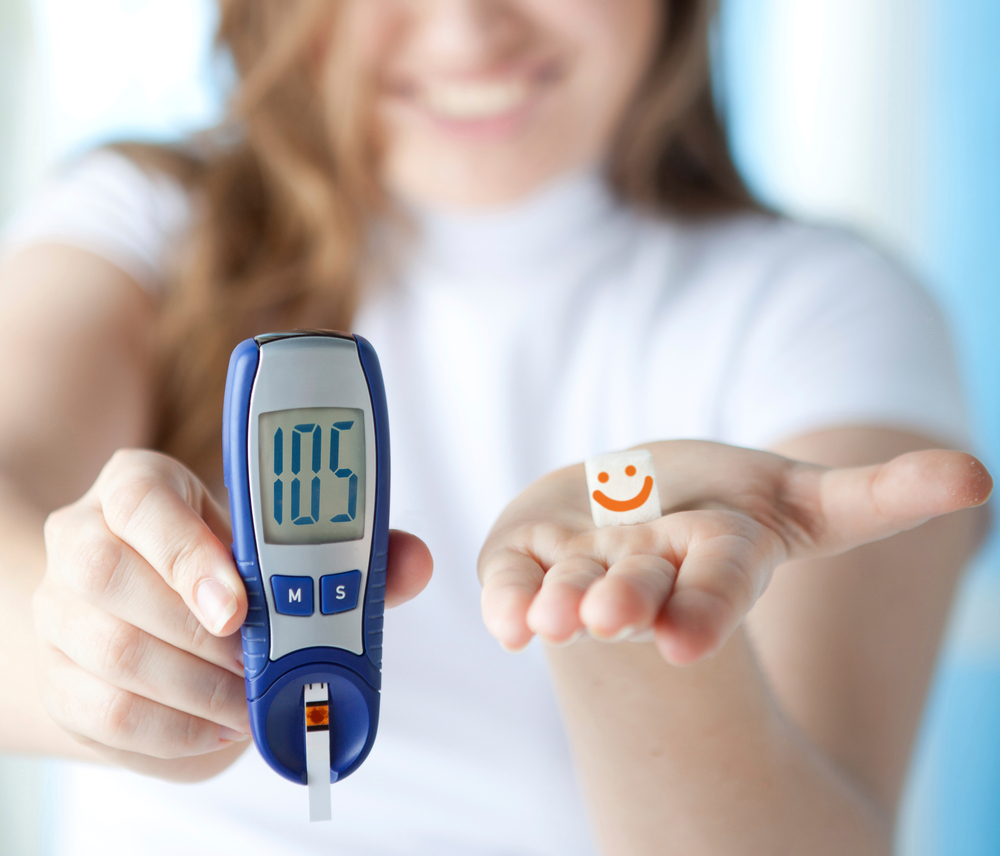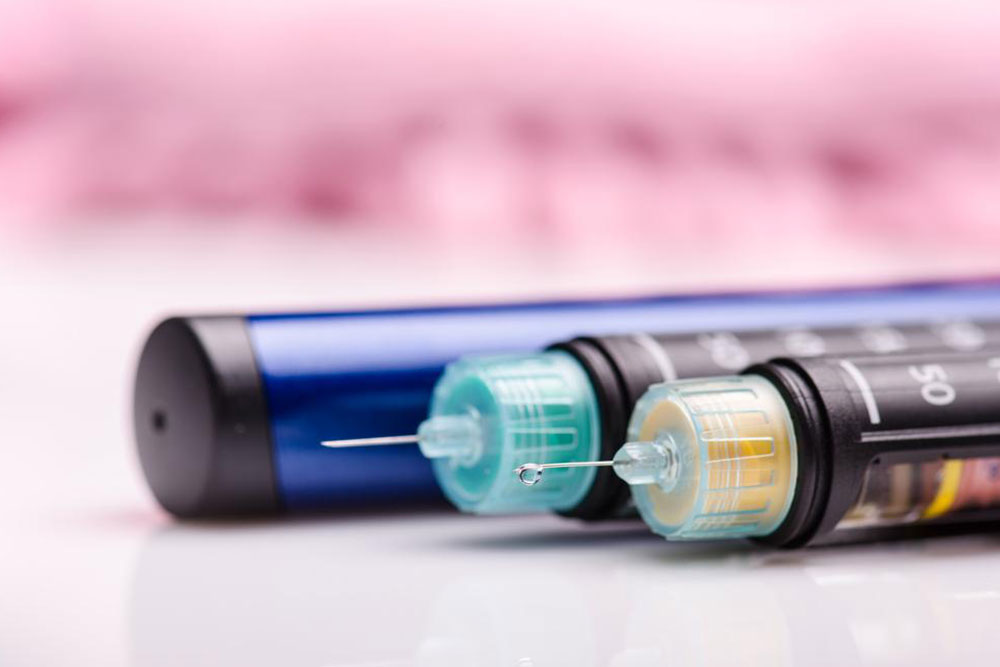Comprehensive Guide to Tracking Blood Glucose Levels for Diabetes Management
This comprehensive guide explains how diabetics can effectively use blood glucose monitoring charts to track their levels. It covers normal and abnormal ranges, target levels for various age groups, and the importance of consistent testing. Maintaining awareness of your blood sugar helps prevent complications like nerve damage or vision problems. The article also discusses different types of glucose meters, factors influencing target ranges, and the significance of regular monitoring for effective diabetes management. Stay informed with accurate blood sugar tracking to improve your health and prevent risks.
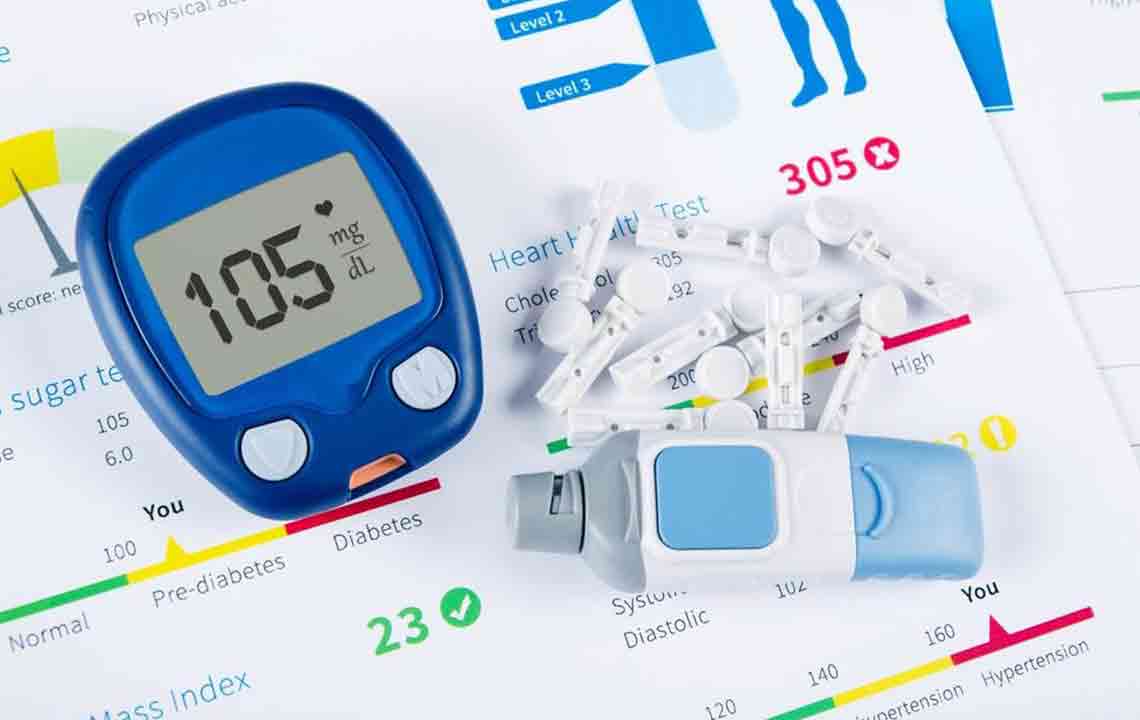
Track and Manage Your Diabetes Effectively Using a Blood Glucose Monitoring Chart
If you have diabetes, monitoring your blood sugar regularly at home is crucial. A blood glucose monitoring chart helps you keep track of your levels.
What is a blood glucose monitoring chart? It’s a reference tool to compare your blood sugar test results. Maintaining close to normal blood sugar levels is a key part of diabetes control. Patients should record their readings consistently at home, and physicians may recommend periodic tests at clinics. Understanding how your results compare to target ranges enables better management and helps avoid complications.
This chart indicates normal and abnormal blood sugar ranges for both diabetics and non-diabetics. Blood sugar reflects the glucose concentration in your blood at any moment.
Compare your test outcomes with the chart to assess your diabetes control. Monitoring levels helps give early warnings for potential complications like vision issues or nerve damage, prompting timely medical consultation.
Understanding Blood Glucose Variability Blood sugar fluctuates throughout the day, typically lowest before meals and rising post-eating. Individual differences mean the chart provides acceptable ranges rather than fixed values.
The permissible blood glucose ranges for diabetics are higher than those for non-diabetics. In our country, levels are expressed in mg/dL. The A1C test, which tracks average blood sugar over 2–3 months, is often included in these charts. It measures the percentage of hemoglobin coated with sugar, guiding treatment effectiveness.
Different health authorities like ADA, JDC, and AACE have slight variations in recommended target ranges. The chart categorizes levels for children aged 6–12, with adult standards applied for ages 13–19 as well. Targets vary based on factors such as age, co-existing conditions, duration of diabetes, and other health risks.
Key blood sugar milestones include:
Fasting (pre-breakfast): Non-diabetic: 70–99 mg/dL; Diabetic targets: 80–130 mg/dL (ADA), 70–130 mg/dL (JDC), <110 mg/dL (AACE)
Pre-meal: Non-diabetic: <110 mg/dL; Diabetic: 70–130 mg/dL (JDC)
2 hours post-meal: Non-diabetic: <140 mg/dL; Diabetic: <180 mg/dL (ADA & JDC), <140 mg/dL (AACE)
Bedtime: Non-diabetic: <120 mg/dL; Diabetic: 90–150 mg/dL (JDC)
A1C: Non-diabetic: <5.7%; Diabetic: <7%
For children 6–12 years, the levels are similar to adults. Factors influencing targets include age, comorbidities, disease duration, and risk of complications. Special cases like gestational diabetes have unique target ranges.
Various glucose meters are available—traditional finger-prick devices and newer plasma-based monitors—offering accurate readings. Multiple tests provide a clearer picture than a single measurement. Regularly updating and comparing your blood sugar chart helps maintain effective control over your diabetes.
Healthy individuals generally aim for:
Fasting: 60–90 mg/dL
Bedtime: 110–200 mg/dL
Maintaining proper blood sugar levels is vital for overall health. Consult your healthcare provider for personalized targets and recommendations.

